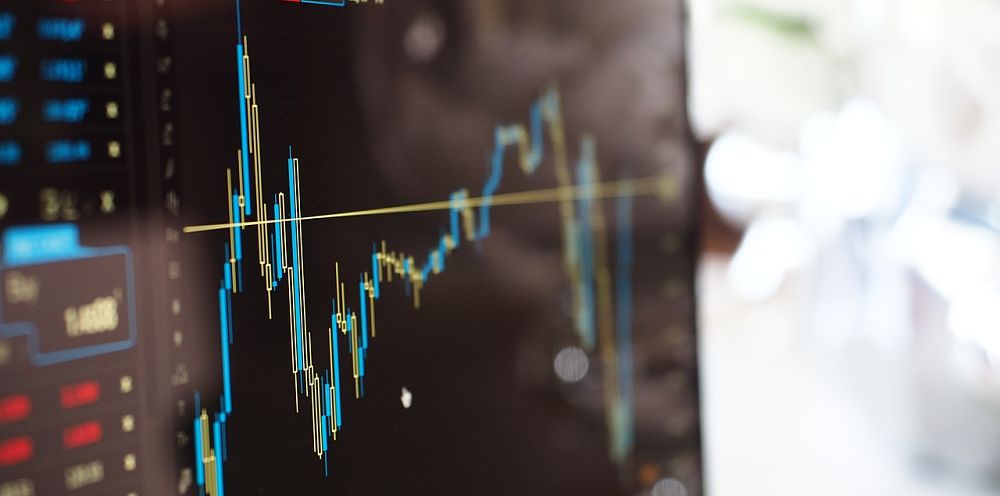Global Fixed Income Views: Q3 2018
Themes and implications from the Global Fixed Income, Currency & Commodities Investment Quarterly meeting
In brief
- Our base-case scenario, a 75% probability of Above Trend Growth, remains unchanged, underpinned by global economic strength, evidenced by growth in U.S. and global corporate profits, along with stable to improving credit card receivables and municipal tax receipts.
- We expect the Federal Reserve (Fed) to continue its gradual hiking cycle, with the fed funds rate ending the hiking cycle at around 3%.
- A significantly stronger dollar remains a risk to global markets, especially within emerging markets.
- Volatility across markets is likely to increase as the market transitions from quantitative easing (QE) to quantitative tightening (QT).
- We continue to own credit: Short-duration securitized credit remains our favorite market, given the strong U.S. consumer. The leveraged credit market (bonds and loans) is attractive as the corporate market benefits from expected revenue growth. We remain cautious on U.S. rates, with the increase in supply potentially weighing on the market as the Fed unwinds QE.
Scenario probabilities (%)

Source: J.P. Morgan Asset Management. Views are as of June 6, 2018.
A VOLATILITY SURGE AND MIDWESTERN SENSIBILITY
The disconnect between the financial markets and the real economy continued in the second quarter. The U.S. dollar rose, emerging market debt and currencies plummeted, Italy and peripheral Europe came under pressure, and equity markets saw intraday downdrafts of more than 3%. Yet relative stability prevailed in the broader economy. While it is true that the U.S. experienced its typical first-quarter slowdown and European growth slowed from its torrid rate, it was also hard to find a region of the world operating below trend. Such were the complexities of the macro backdrop that we tried to reconcile at our most recent Investment Quarterly (IQ), held on June 6 in Columbus, Ohio. It was just what we needed: a dose of Midwestern sensibility.
A deep dive into the data told us that the global economy was just fine. The U.S. should likely post about 4% GDP growth in 2Q and 3.5% over the balance of 2018, with the labor market likely to be especially tight. Within the eurozone, economic activity indicators have already started to show signs of a reacceleration in growth, benefiting from a weaker euro. And China, the anchor of the emerging markets, looks committed and capable of generating sustained 6.5% GDP growth.
In short, we believed the volatility across markets had less to do with the real economy and more to do with the transition from quantitative easing to quantitative tightening. It wasn’t really a surprise—it just seemed to happen five months ahead of schedule.




